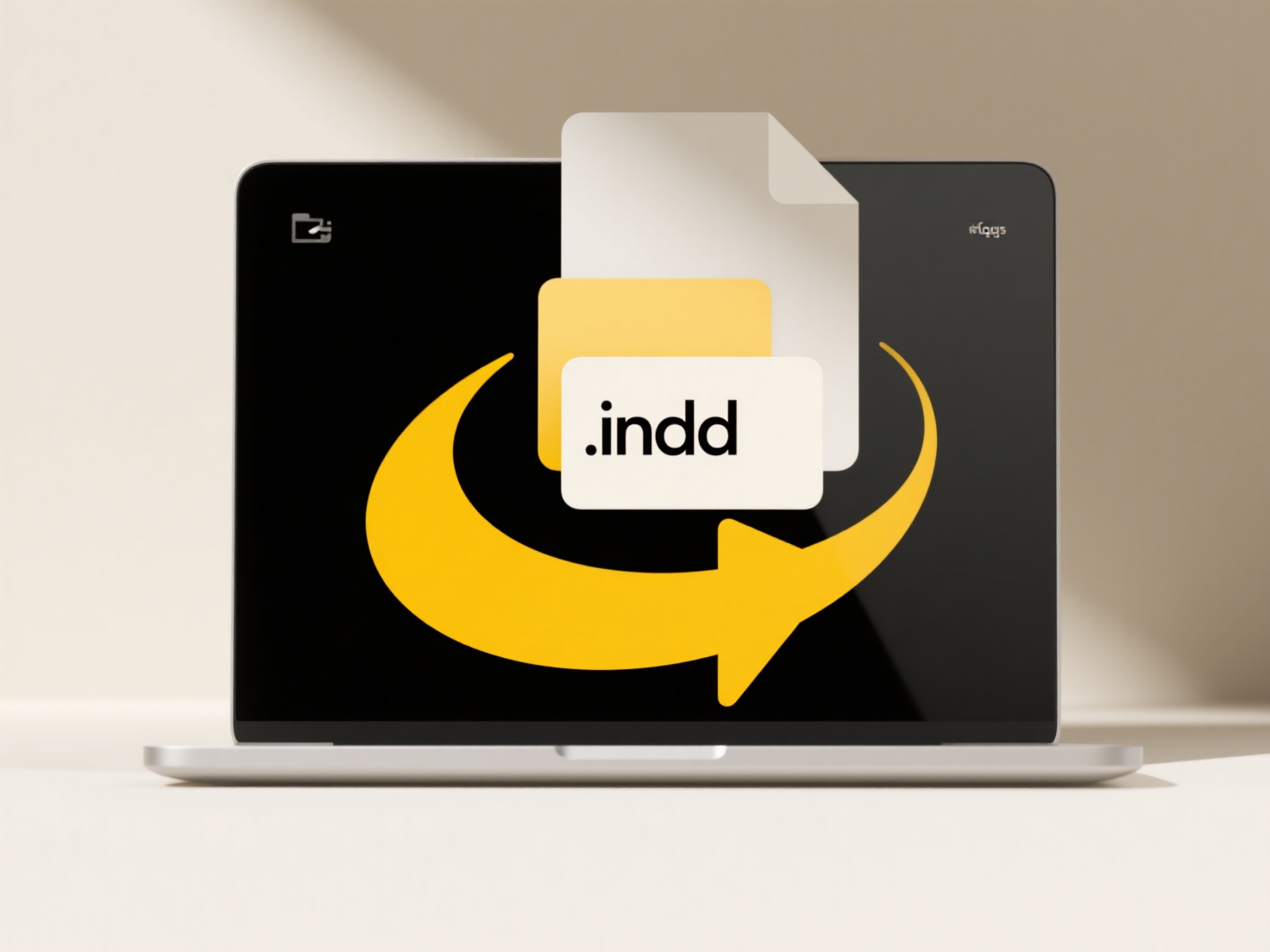
Shared files may lose their original name during download due to platform-level security measures, file system compatibility rules, and URL constraints. Services often sanitize filenames by removing special characters, spaces, or long sequences that could disrupt server operations, cause security issues, or be incompatible with certain operating systems like Windows, macOS, or Linux. This differs from files stored locally where the operating system manages the naming rules without constraints imposed by sharing mechanisms.

For example, downloading a file named "Report: Q3 Sales (Final Draft) 🚀.xlsx" from cloud storage like Dropbox or OneDrive might generate a simplified version like "Report_Q3_Sales_Final_Draft.xlsx" – spaces become underscores and emojis are stripped out. Similarly, business portals using SAP or SharePoint might rename documents received via link downloads to standardized IDs or truncated names to enforce their internal naming conventions.
This renaming enhances security and prevents file operation errors across different devices. However, the main limitation is user confusion and potential disorganization for recipients seeking the original identifier. Future improvements might involve more sophisticated metadata preservation techniques, balancing user convenience with the necessary technical safeguards imposed during transfers.
Why do shared files lose their original name when downloaded?
Shared files may lose their original name during download due to platform-level security measures, file system compatibility rules, and URL constraints. Services often sanitize filenames by removing special characters, spaces, or long sequences that could disrupt server operations, cause security issues, or be incompatible with certain operating systems like Windows, macOS, or Linux. This differs from files stored locally where the operating system manages the naming rules without constraints imposed by sharing mechanisms.

For example, downloading a file named "Report: Q3 Sales (Final Draft) 🚀.xlsx" from cloud storage like Dropbox or OneDrive might generate a simplified version like "Report_Q3_Sales_Final_Draft.xlsx" – spaces become underscores and emojis are stripped out. Similarly, business portals using SAP or SharePoint might rename documents received via link downloads to standardized IDs or truncated names to enforce their internal naming conventions.
This renaming enhances security and prevents file operation errors across different devices. However, the main limitation is user confusion and potential disorganization for recipients seeking the original identifier. Future improvements might involve more sophisticated metadata preservation techniques, balancing user convenience with the necessary technical safeguards imposed during transfers.
Quick Article Links
Can I adjust permissions from my phone?
Modern smartphones allow adjusting application permissions directly from your device through the operating system's sett...
What policies prevent duplicate uploads in file systems?
File systems prevent duplicate uploads primarily through deduplication techniques. Deduplication identifies and eliminat...
Should I use codes or short IDs in file names for confidential documents?
Using codes or short IDs in file names for confidential documents involves structured identifiers instead of descriptive...